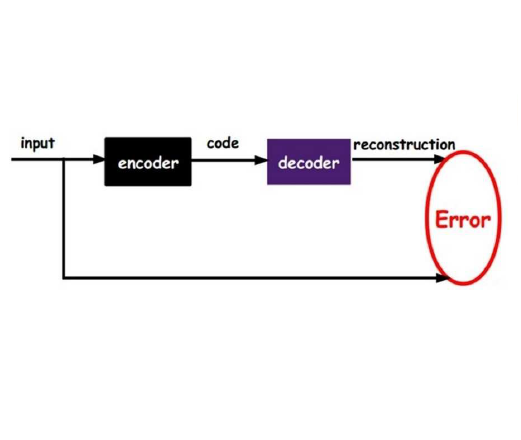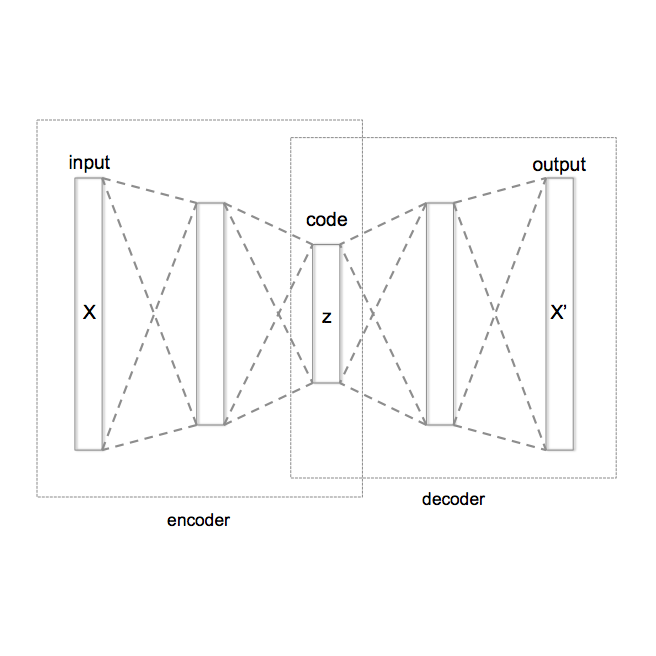Variational Autoencoder (VAE)-based generative models offer flexible representation learning by incorporating meta-priors, general premises considered beneficial for downstream tasks. However, the incorporated meta-priors often involve ad-hoc model deviations from the original likelihood architecture, causing undesirable changes in their training. In this paper, we propose a novel representation learning method, Gromov-Wasserstein Autoencoders (GWAE), which directly matches the latent and data distributions using the variational autoencoding scheme. Instead of likelihood-based objectives, GWAE models minimize the Gromov-Wasserstein (GW) metric between the trainable prior and given data distributions. The GW metric measures the distance structure-oriented discrepancy between distributions even with different dimensionalities, which provides a direct measure between the latent and data spaces. By restricting the prior family, we can introduce meta-priors into the latent space without changing their objective. The empirical comparisons with VAE-based models show that GWAE models work in two prominent meta-priors, disentanglement and clustering, with their GW objective unchanged.
翻译:基于变式自动编码器(VAE)的变式自动编码器(VAE)的基因变式模型提供灵活的代表性学习方法,将超大型主机(GWAE)纳入到被认为有利于下游任务的一般前提中,然而,整合后的元主机往往涉及与原始可能性结构的反常性模型,造成培训中的不良变化。在本文中,我们提出一种新的代表性学习方法,Gromov-Wasserstein Autoencoders(GWAE),该方法直接匹配利用变式自动编码办法的潜伏和数据分布。GWAE模型没有基于可能性的目标,而是将可受训的先前和给定的数据分布之间的格罗莫夫-瓦瑟斯坦(GW)衡量标准最小化。GWNW指标测量了分布的距离结构差异,即使有不同的维特性,这也提供了潜在空间与数据空间之间的直接衡量尺度。通过限制前一个家庭,我们可以在不改变其目标的情况下将元主机进入潜层空间。与VAE模型的实验性比较表明GWAE模型在两个突出的元称、分解和组合的目标中工作。</s>




